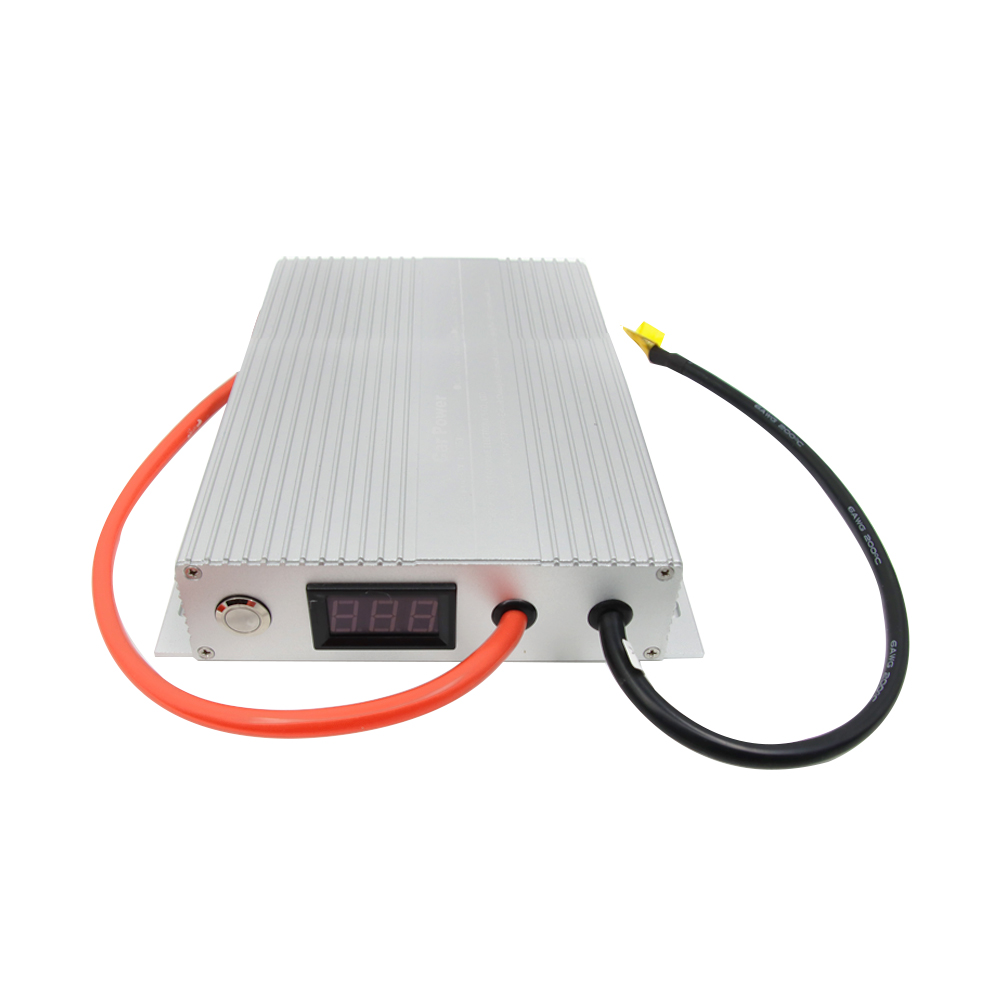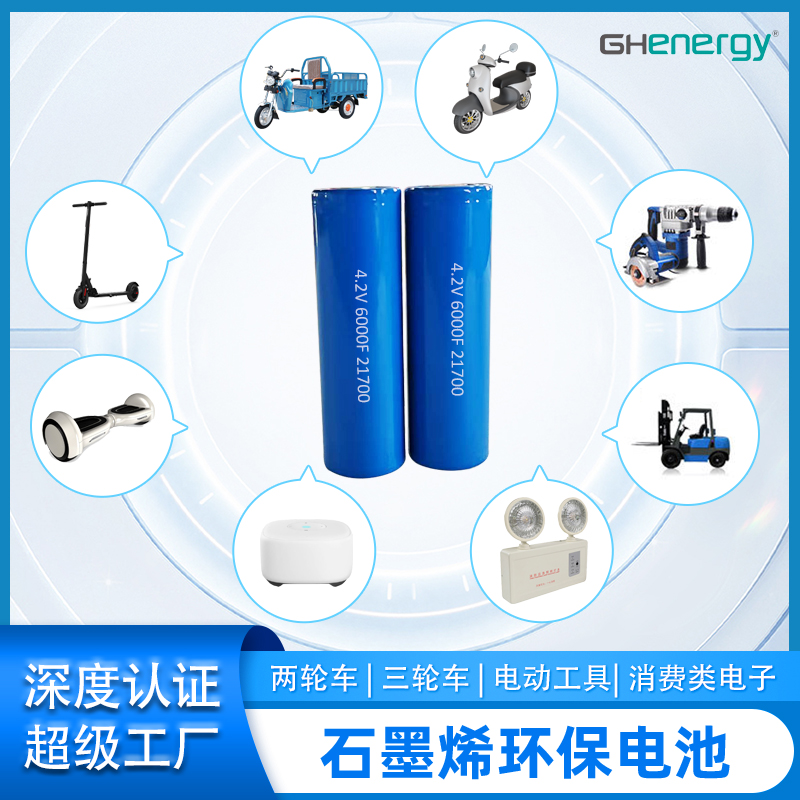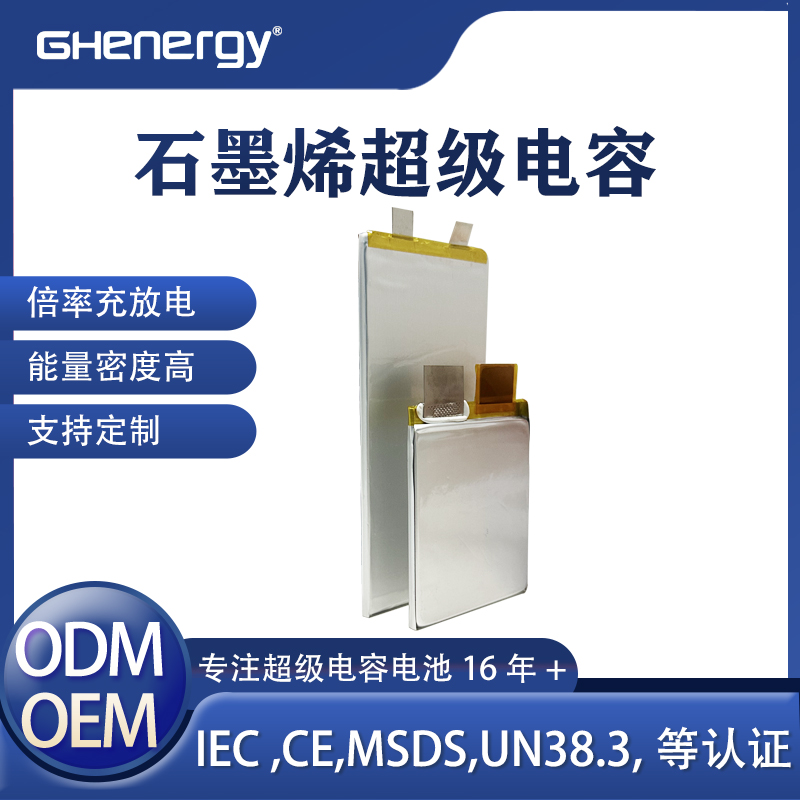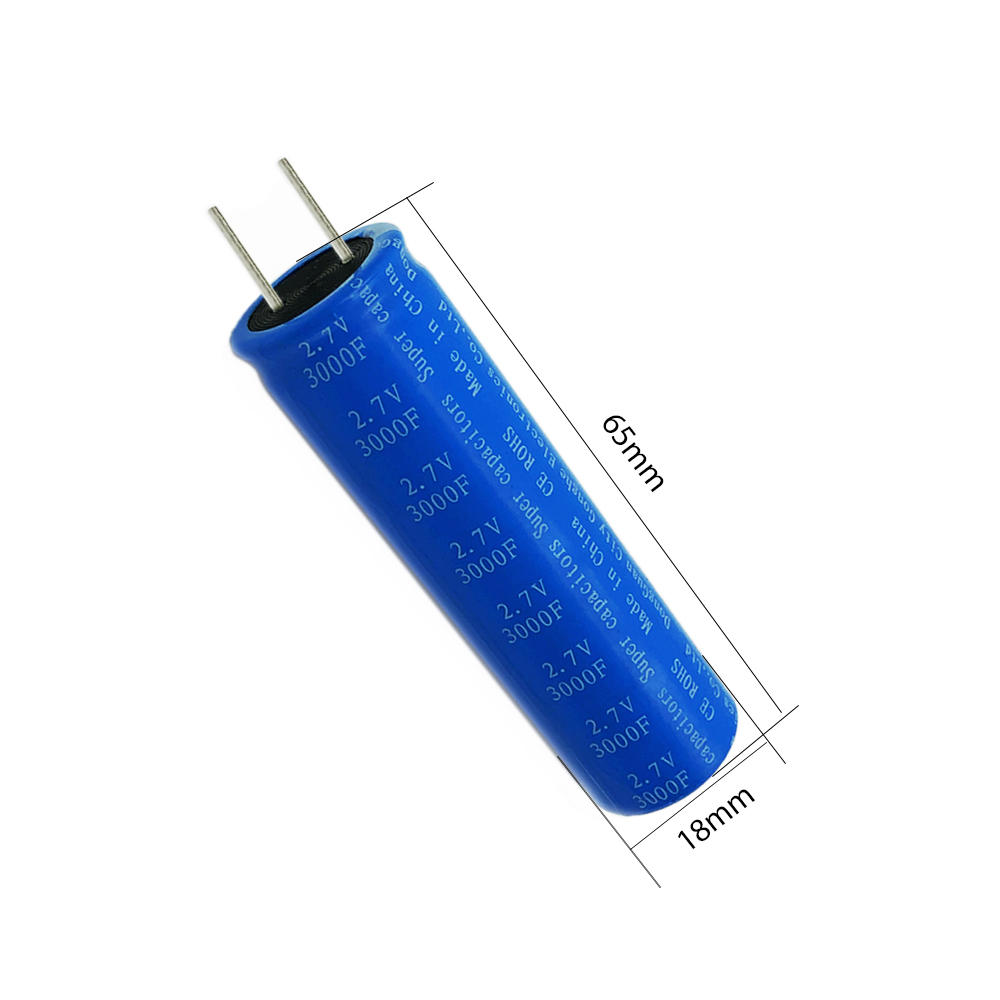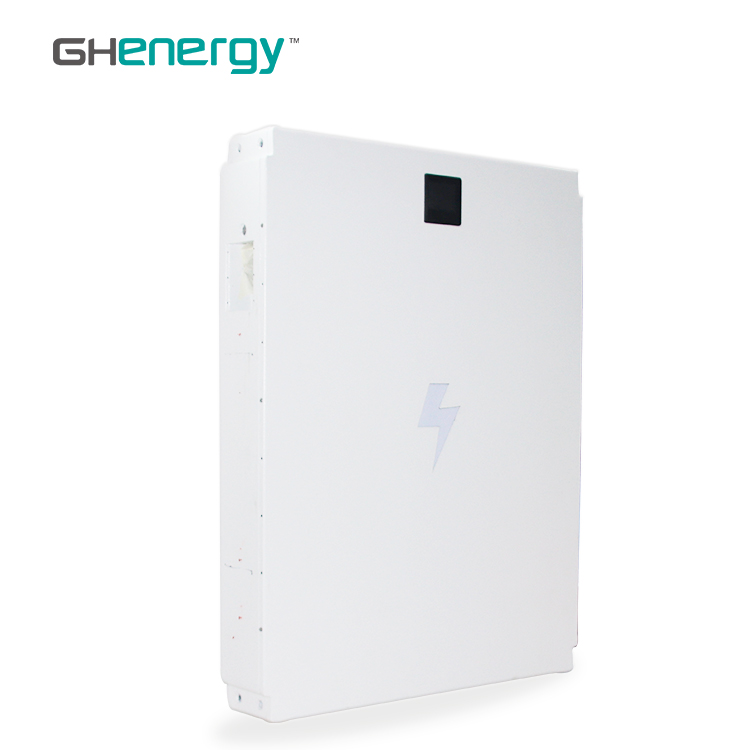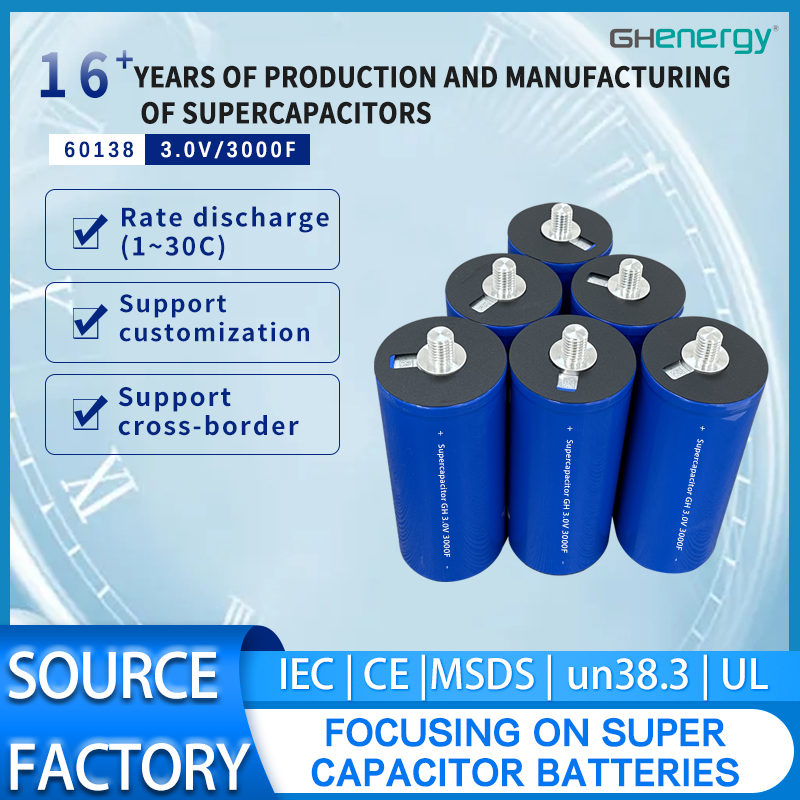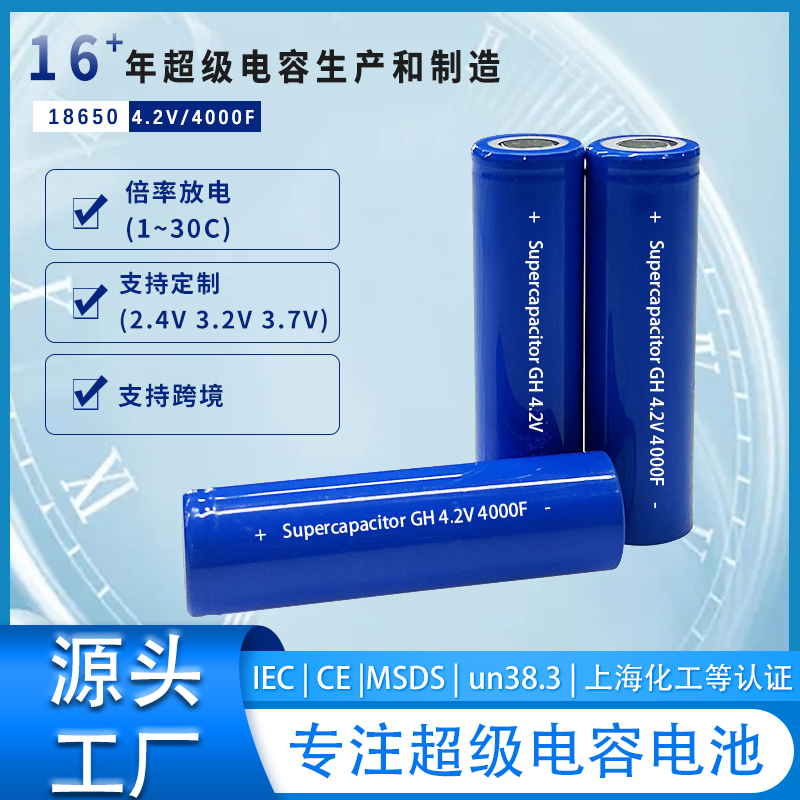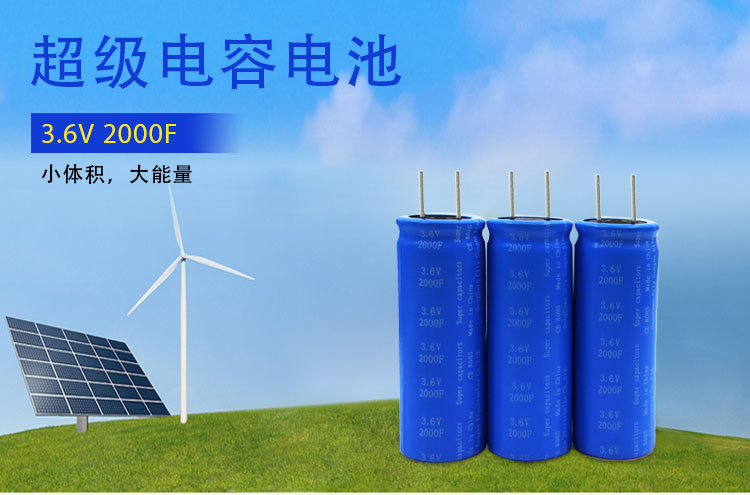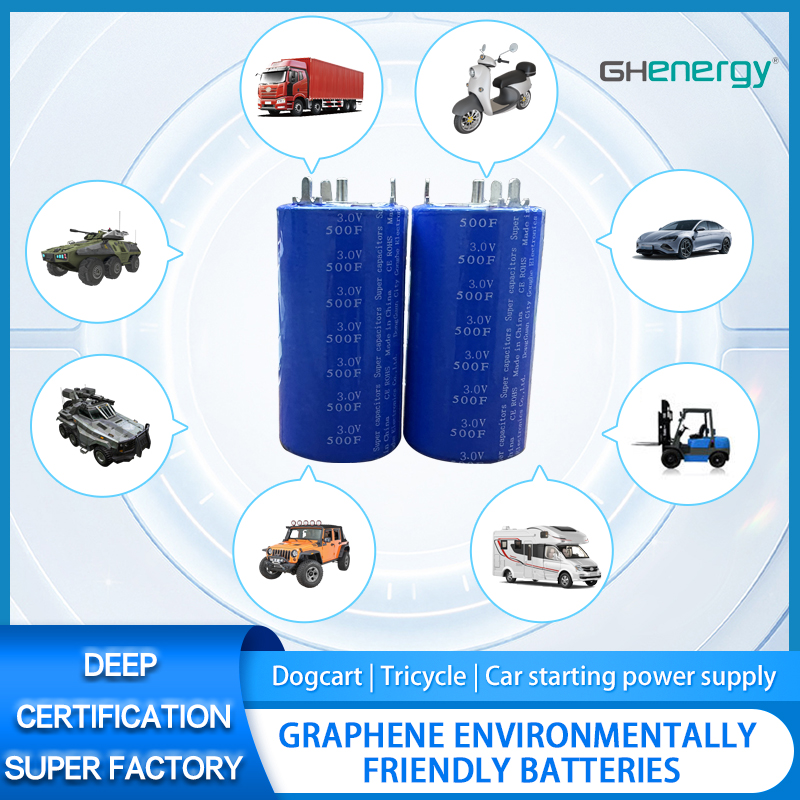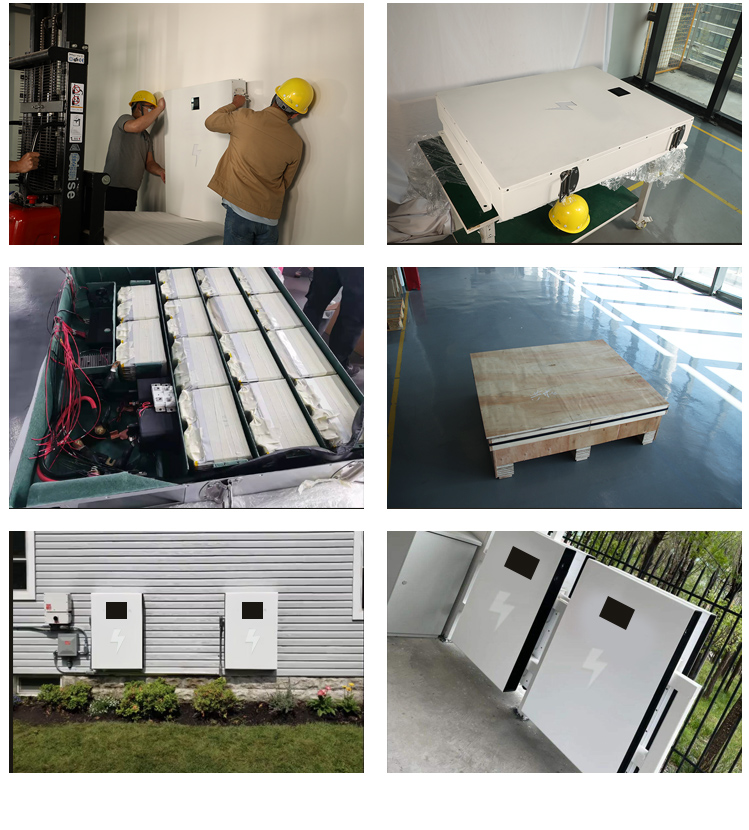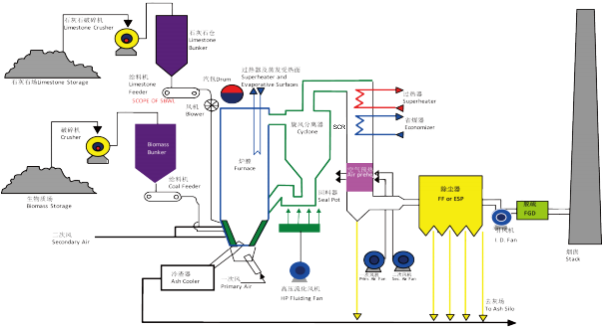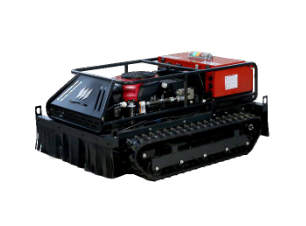Wedoany.com Report-Nov 27, Energy security has risen to the top of the EU’s political agenda, yet much remains to be done. The EU cannot continue relying on imported fossil fuels, putting its energy security in the hands of hostile nations. This becomes critical considering the US president-elect’s calls for reduced US military engagement in Europe. Solutions like wind, solar, battery storage, demand flexibility and electrification of transport and heating, coupled with power grid investments and cross-border collaboration, are already reducing fossil fuel consumption. But the pace of the energy transition needs to accelerate if the EU is to become self-sufficient, and thus secure for generations to come.
The following recommendations mark a pathway towards the EU’s ultimate energy security based on clean power and electrification. Broader analysis and data is provided in the referenced reports.
1. Accelerate the deployment of renewable energy sources
The EU should intensify efforts to expand wind and solar power capacities. From 2019 to 2023, wind and solar electricity generation in the EU increased by 46%, displacing a fifth of fossil fuel electricity. Even during winter months, renewables and demand reductions are able to minimise fossil fuel electricity generation. However, renewables targets in EU Member States still fall short of the REPowerEU plan, hitting 66% of renewable electricity generation by 2030 compared to the 72% goal. Decisions like Sweden’s latest offshore wind rejections compromise these targets even more and stand in opposition to NATO’s energy security agenda in the Baltic Sea. Multiple Member States are still expanding fossil gas infrastructure, ignoring the crippling impact of the energy crisis. Instead, they continue to place their security in the hands of volatile gas suppliers, risking another major gas bill in the event of future price spikes.
Setting and delivering ambitious wind and solar targets will not only cut dependency on imported fossil fuels, but also enhance security by reducing single points of failure typically associated with centralised power systems. Solutions like agri-pv can additionally enhance food security.
2. Ramp up “Smart Electrification”
Developing a clear electrification roadmap is essential for reducing reliance on imported fuels and harnessing domestic energy resources. Ember’s analysis shows that homegrown energy sources can increasingly meet EU energy needs, reaching 85% in 2040, up from 41% in 2019. A “Smart Electrification” Action Plan – where electrification is implemented alongside the accelerated deployment of clean flexibility – would guide this transition: lowering energy costs, optimising the existing power system, incentivising investment and promoting the adoption of electric vehicles, heat pumps, and other electrification measures.
Electrification would also facilitate the complete stop of the EU’s fossil fuel imports from Russia, with Russia’s gas used largely in heating. The bloc continues to import fossil fuels from Russia, and until recently remained the largest importer of Russian gas in the world, financing a country that remains the single biggest threat to the EU’s security. The phaseout of Russian fossil fuel imports could have been possible by 2025. The REPowerEU plan was a significant step forward in achieving this, but now the EU needs to take much firmer and faster action to cancel all fossil fuel imports from Russia by 2027 at the latest.
3. Accelerate the deployment of clean flexibility
To ensure stable supply of electricity, the EU must prioritise clean flexibility, improving market access for energy storage technologies and demand side flexibility. This will reduce the reliance on fossil gas for power balancing needs. For instance, in June 2024, an additional 2 GW of battery storage could have saved Germany €2.5 million in fossil gas imports. By 2030, wind and solar power could exceed domestic demand by 183 TWh across all EU countries. If EU countries were to deploy clean flexibility solutions, such as batteries and interconnectors, this excess clean power could avoid gas purchase costs worth €9 billion annually.
The Strategic agenda for the new EU mandate and political priorities of the newly designated EU Commission plan for ambitious electrification and investment in storage, but this is not reflected in many National Energy and Climate Plans. National flexibility needs assessments and a potential EU flexibility strategy will enter into force not earlier than mid-2026, but action is needed right away to align with fast-growing wind and solar, and the Russian gas phaseout goal by 2027. This could include guidelines to unlock demand demand flexibility from businesses and households similar to the ten recommendations for energy storage.
4. Enhance grid infrastructure and cross-border interconnections
Strengthening the EU’s grid infrastructure and cross-border interconnections is crucial for energy security. Europe’s energy transition will be powered through its extensive grid system, which currently consists of approximately 500,000 km of lines between voltages of 110-400 kilovolts. While a policy framework was put in place to expand and modernise this vast network, its implementation is yet to happen. Ember recommends the establishment of a dedicated “Future Grids” task force, reporting directly to the Energy Commissioner, created within the Commission, to efficiently deliver on its existing grid-related provisions. One-stop-shops that pool together multiple funding streams could improve access to grid financing.
The role of interconnection in providing energy security should also be acknowledged, with projects such as the Baltic State synchronisation project being critical for the security of nations on NATO’s eastern flank. Despite this, the vast majority of interconnection investments are planned in Western and Southern Europe, with Central and Eastern Europe yet to fully recognize the potential of North-South connectivity. A more active role of the European Commission in facilitating such cross-border cooperation would benefit the security of the whole bloc.
